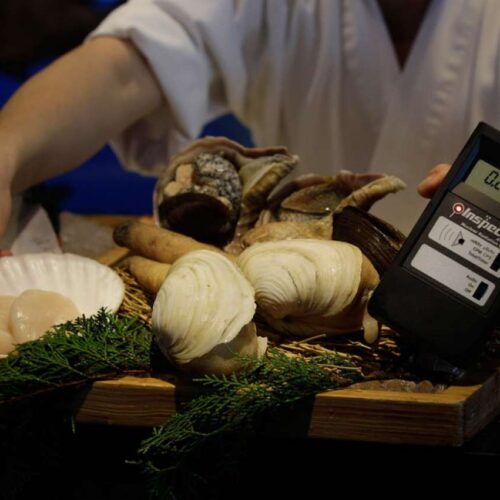Introduction
As Japan struggles with a radiation emergency, the network of laboratories in charge of keeping nuclear contamination out of American food is under fire for being unprepared and understaffed.
The Department of Agriculture inspector general found that while the USDA Food Safety and Inspection Service has provided training, equipment, and established protocols for the Food Emergency Response Network (FERN), it has yet to implement it.
After the 9/11 attacks, President George W. Bush signed a presidential directive to protect food supplies. FERN is the national laboratory network charged with responding to biological, chemical or radiological contamination of food—essentially the front line in making sure Americans’ food is safe to eat in case of an emergency.
The inspector general found that FERN cannot ensure laboratories within the network actually have the capacity to respond to emergencies. It has a cooperative agreement with 25 labs, but it also relies on another 95 labs as part of its network. It has not verified information about the capabilities of the 95 labs outside of the cooperative agreement.
The IG said three of the labs lack capabilities that the government is counting on. One laboratory was listed as being capable of testing for two types of bacteria, E. coli and Campylobacter, which it could not actually perform. The same lab said it was capable of testing 2,500 samples for salmonella, but under the required testing method, the lab was told it could only test for 150. Another lab wrongly stated that it could test for anthrax.
“There is little assurance that these laboratories will be able to assume testing responsibilities as needed,” the inspector general said. “If FSIS discovers during an emergency that laboratories lack their listed testing capabilities, the agency may lose valuable time finding a laboratory that can analyze a sample for a particular threat.”
Additionally, the report found that regional coordinating facilities were not being staffed adequately. Inspections of the facilities, located in in Jamaica, N.Y.; Athens, Ga.; St. Paul, Minn.; Denver, Colo.; and, Alameda, Calif., found that FSIS has only one employee each assigned to the Athens and St. Paul facilities.
Patty Lovera, the assistant director for the nonprofit Food and Water Watch, said the report’s findings don’t inspire confidence in the food safety system. She also pointed to a long history of communication problems between FSIS and the FDA. “It’s been like pulling teeth to get them to talk to each other,” she said. “They’re really very different places and cultures that set them up.”
“They don’t even know what their capability is,” Lovera said. “That’s the kind of thing you need before the emergency, not during it. It seems like they have some more work to do.”
Bush issued the directive in January 2004, establishing a national policy to defend agriculture and the food supply against terrorist attacks, major disasters, and other emergencies. FSIS and FDA have yet reached agreement on how the network would operate.
Funding for FERN in 2010 was $10.2 million. Currently, FERN has 23 full-time staff; its goal was a staff of 33.
Weeks after a massive earthquake damaged the Fukushima Daiichi nuclear reactor, the situation has continued to deteriorate. Nuclear regulators have now marked the reactor as a class 7 on the International Nuclear Event Scale, the only time since the Chernobyl meltdown that designation has been assigned. Public health officials have continued to downplay the danger from radiation or contaminated food, however. The World Health Organization told reporters that there is “little” health risk outside of the designated zone around the reactor.
But according to Lovera, testing has confirmed higher levels of radiation in milk from cows in California, Washington, Arkansas, Hawaii and Vermont. Officials have said the radiation levels are not harmful, as the radiation is roughly the equivalent of an X-ray or CAT scan. But Lovera said people don’t ingest radiation during medical procedures. Given the amount of radiation people are exposed to on a daily basis, she argued, it is “all the more reason not to get exposed to [radiation in] things like food and drinking water.”
The IG’s report comes as Congress and President Obama struck a deal on a proposed budget that would cut $11 million from the FDA’s budget request. At an appropriations hearing in March, FDA Commissioner Margaret Hamburg expressed concern about the FDA’s current ability to handle a nuclear emergency. “We are lacking some critical elements of preparedness” she told Sen. Herb Kohl, D-Wis.
Additional cuts include $10 million from USDA’s meat and poultry inspection budget.
Last month the Center reported on another IG audit warning that methods employed by FSIS to inspect meat for E. coli were flawed.



Join the conversation
Show Comments